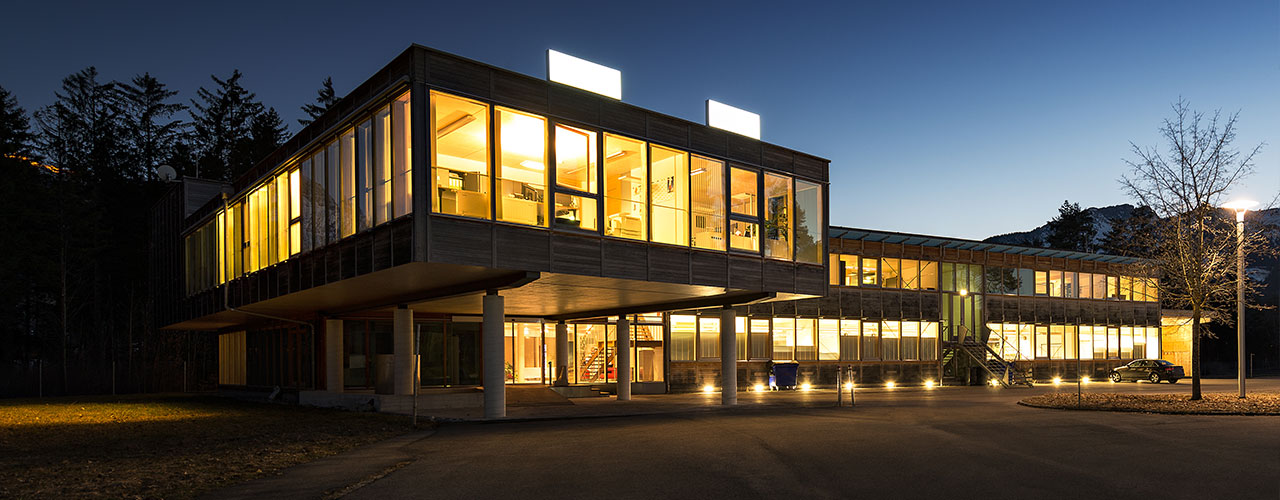Wood-structured buildings are here to stay. While timber was once brushed off as an architectural fad, wood-structured buildings are now expanding into the world of commercial real estate, bringing benefits beyond their stunning aesthetic.
While wood isn’t a new building material, architects and engineers are embracing the emergence of new uses of timber at scale for the 21st century.
Cross-laminated timber (CLT) is one such innovation. This type of wood panel is made up of many layers of timber. The grain of each layer runs perpendicular to the adjacent layers. The layers are cross glued, overcoming wood’s natural sensitivity to moisture. As a result, CLT performs more like steel than wood.
The Groundbreaking T3 in Minneapolis
T3 (standing for Timber, Transit, Technology) is the first commercial property in the United States to use wood both on its interior and external structure. This construction uses a slightly different form of wood panels: Nail Laminated Timber (NLT), which are usually cheaper than CLT panels and quicker to construct.
The results are visually stunning. The building incorporates more than 1,100 8×20-foot panels across its seven-stories.
But T3 isn’t just a building of beauty. The timber structure was completed in just two-and-a-half months, with each floor taking approximately nine days to construct. That’s a considerably faster build compared to traditional concrete- or steel-framed buildings.
This is because such next-generation wood products, like the NLT panels used at T3, are created off-site. They are then shipped in prefabricated sections and assembled on site, accelerating construction and reducing labor costs.
What’s more, the construction of wood-structured buildings is quieter too, compared to the noise associated with other building materials.
Wood-structured buildings bring a range of additional benefits to the commercial real estate industry. These include:
- Environmental: wood-structured buildings require less embodied energy and have a smaller carbon footprint compared to conventional materials, such as concrete and steel. The T3 building has achieved LEED Gold certification, for example.
- Safety: mass timber offers excellent fire resistance. These thick panels char at a predictable and slow rate and often feature additional fire protection measures, such as firewalls. The char rate of CLT, for example, is 0.67 mm per minute. These panels are capable of up to 90-minute resistance times, which complies with many building regulations. Furthermore, mass timber structures are lighter than their conventional counterparts, so they benefit from smaller foundation requirements and lower seismic loads.
- Wellbeing: bringing the outdoor world indoors is linked to positive psychological responses. Wood naturally dampens sound, to help with noise control. Furthermore, the hypoallergenic qualities of wood also improve indoor air quality.
Wood-Structured Buildings Keep Popping Up
T3 has renewed interest in wood-structured buildings in the United States and plans are already in the pipeline to build its twin in downtown Atlanta.
However, there are plenty of examples of wood-structured buildings outside of the US. In Amsterdam, the 20-story HAUT building is made from wood. The HoHo building is currently under construction in Vienna and is expected to 24 floors above ground, with a height of 276 feet.
Other, even more ambitious, projects include the proposed 80-story Oakwood Timber Tower in London and the 40-story Trätoppen (“Treetop”) skyscraper in Stockholm.
In Tokyo, plans are also underway to construct a 1,148 feet tall timber skyscraper. The 70-story tower is due to be completed in 2041 and is estimated to cost $5.6 billion to build. The construction will be made from 90% of wooden materials.









